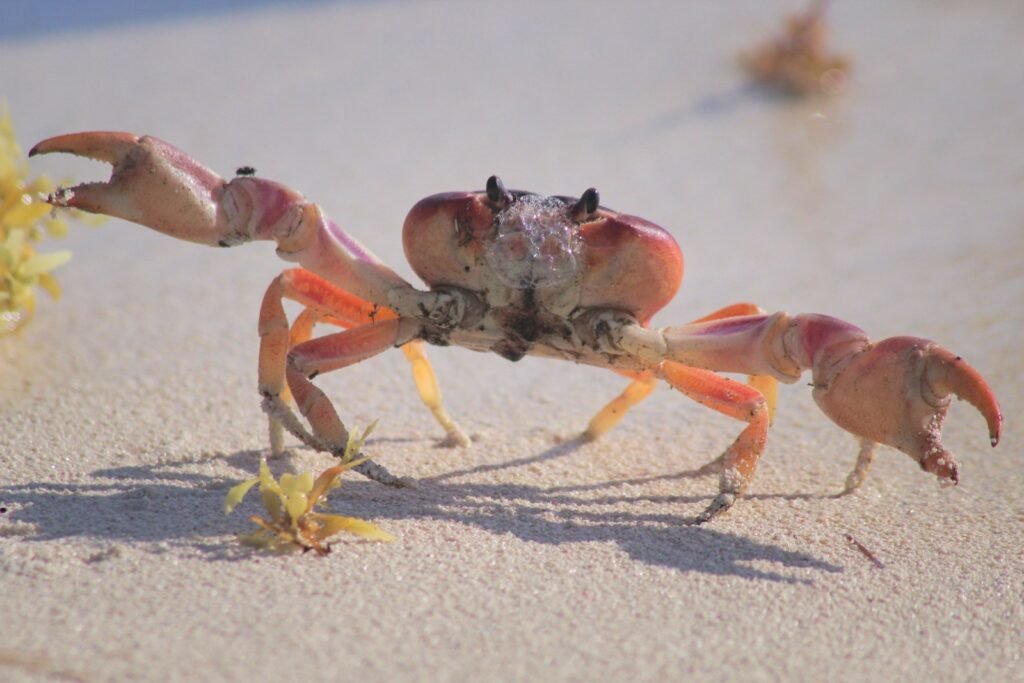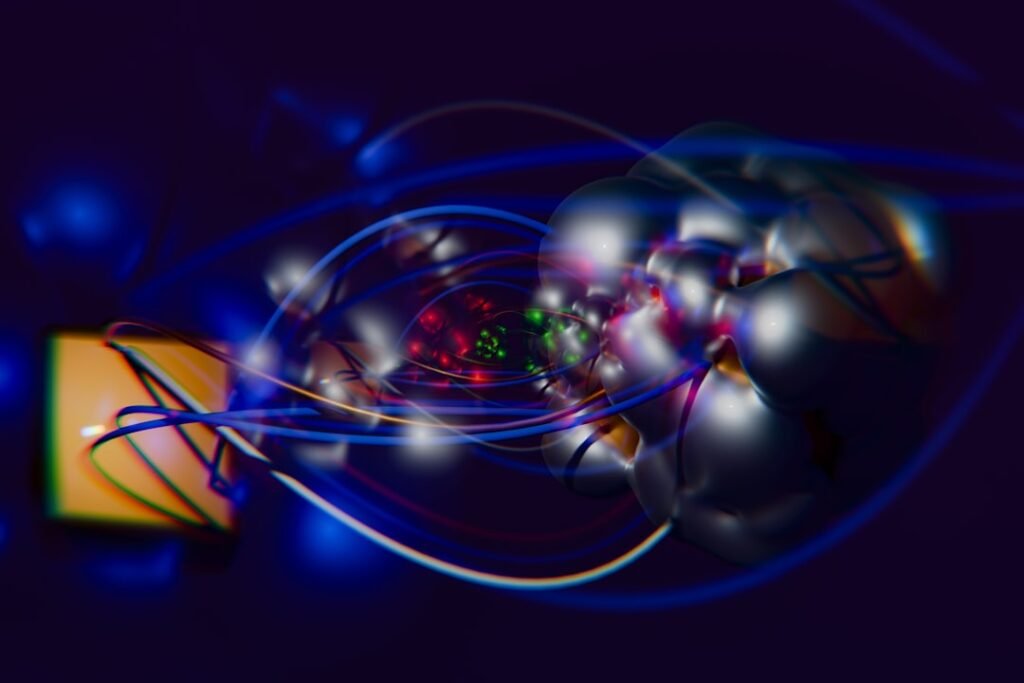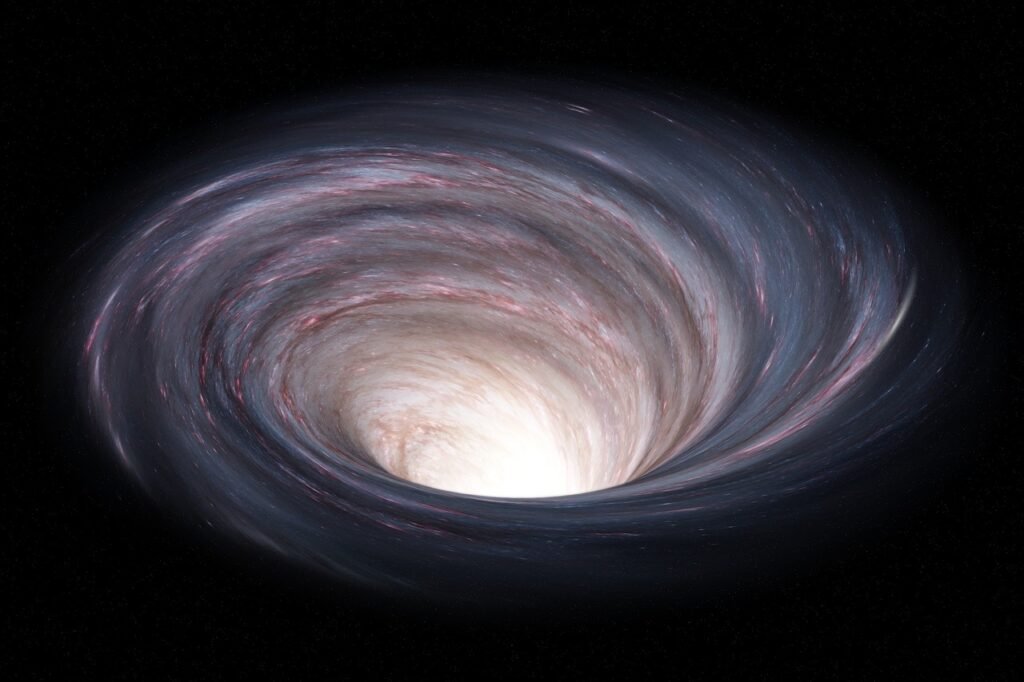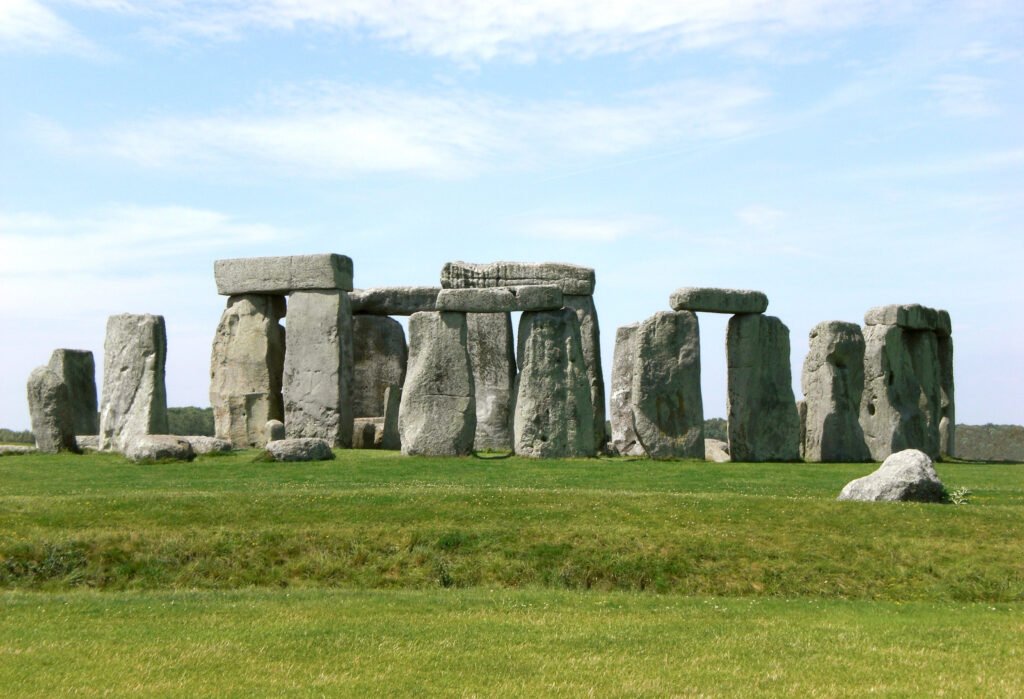On Florida’s low coasts, the line between fresh and salt is no longer a tidy border – it breathes, surges, and creeps inland with every king tide and storm. In that moving edge, crustaceans are rewriting their playbook, switching foods, shifting neighborhoods, and even reshaping the ground beneath our boots. The story isn’t simple: some crabs help marshes shed water and keep pace with sea-level rise, while others nibble down the plants that stitch the wetlands together. What’s unfolding in Florida’s saltwater intrusion zones is a fast, living experiment watched by engineers, ecologists, and fishers alike. If you want to understand the new Everglades and Gulf marshes, follow the claws.
The Hidden Clues

What does a rising tide look like to a crab? In Florida’s marshes, you see it in fresh constellations of burrows on higher ground, new bite marks on cordgrass blades, and zigzag trails where nocturnal foraging now reaches farther inland. Biologists mapping creek heads along the South Atlantic coast, including sites in Florida, have tied this pattern to softer, longer-inundated soils – ideal for burrowing species that were previously held in check.
Saltwater intrusion doesn’t arrive as a permanent wall; it surges in pulses – after tropical systems, during king tides, or when freshwater delivery lags. Recent slough monitoring near Florida Bay recorded mostly stable low salinity with episodic salty spikes, a rhythm that favors opportunists able to ride the brackish seam. Those small shifts are enough to redraw foraging routes, move refuge sites upslope, and tilt the balance between grazers and grasses.
From Ancient Tools to Modern Science

Old-school field notes still start the story – counting burrows, measuring stalks, watching who eats what at low tide. But the new toolkit adds aerial photo time series and drone surveys that capture creek elongation and patchy grazing scars over decades. In one multi-state analysis that included Florida, researchers found a sharp rise in marsh creeks with crab-grazing signatures when compared to the late 1990s, evidence visible from the sky.
On the ground, Florida scientists push systems in controlled mesocosms, dosing peat soils with higher salinity and longer flooding to see what breaks and what bends. Those experiments in Key Largo are clarifying how carbon cycling and soil stability respond when the salt line shifts inland. It’s the kind of test-bed that helps managers separate reversible hiccups from lasting regime change.
Life on the Salinity Edge

Crustaceans are masters of the gradient. Blue crabs favor brackish nurseries and mid-salinity feeding lanes, with reproduction tied to saltier water, a flexibility that explains their persistence as the line wobbles. Studies mapping their performance show a sweet spot in mesohaline conditions and a wide tolerance range – useful traits when summer heat and salinity both run high.
Fiddler crabs, meanwhile, are expanding their footprint into higher marsh as inundation increases, turning dry platforms into pocked neighborhoods that change drainage. Where salt pulses arrive and linger, these burrowers can alter plant growth and soil structure within a season, a small animal’s response writ large across the marsh face. That reshuffling is now documented from New England’s high marshes to the Southeast’s broader flats, including Florida.
The Mangrove March

Florida’s warm winters have opened the door for mangroves to edge north, with researchers having documented naturally occurring mangroves across the Georgia border in recent years. That march doesn’t just move trees; it invites mangrove-fauna to follow – or improvise. The mangrove tree crab, Aratus pisonii, has outrun its host plants in places, hopping into salt marshes and even onto boat docks that mimic the vertical refuge of prop roots.
Life in the marsh comes with trade-offs for these crabs: smaller body sizes, riskier foraging, and different social habits compared to mangrove homes. Experiments and syntheses show omnivorous diets with a strong pull toward animal matter, and work comparing habitats suggests altered energy budgets rather than higher metabolic costs drive those life-history shifts. In short, behavior bends first, physiology later.
Engineers with Claws

In southeast marshes, the burrowing and grazing of the native Sesarma reticulatum is accelerating creek growth and reorganizing the landscape faster than water and plants alone would predict. Florida-inclusive analyses report a surge – up to several-fold – in creeks showing the crab’s grazing signature and a big jump in drainage density, the telltale of more water pathways etched into the marsh. These are not subtle tweaks; they are re-plumbing events.
Field biologists have clocked creek heads eroding several meters per year in sites where Sesarma opens corridors, a change that can help marshes shed water yet also expose edges to more stress. New work links these crab-altered creeks to longer inundation and shifts in organic matter chemistry, underscoring how animal behavior feeds back to hydrology and carbon. The engineers of this story carry claws, not hard hats.
Why It Matters

This isn’t just a curiosity about quirky crabs – it’s the operating manual for Florida’s coasts in a hotter, saltier century. For decades, models of marsh change leaned on water, sediment, and plants; the new evidence says consumers belong at the center of the diagram. When grazers rearrange creeks, they alter flood storage, sediment delivery, and the fates of nursery species that feed people and economies. That loop runs straight through the Everglades and Gulf estuaries.
Consider a few numbers that frame the stakes:
- Across South Carolina and Florida sites, creeks with clear Sesarma grazing signs increased by up to roughly two and a half times since the late 1990s, while drainage density climbed by about one third.
- In Taylor Slough monitoring, freshwater species have comprised significant portions of fish catches during low-salinity periods despite salt pulses, a reminder that managing the fresh–salt balance is still possible – and powerful.
- Crab-modified creeks show stronger bioturbation signals and longer tidal soak times, evidence that behavior can reshape both hydrology and carbon processing.
The Future Landscape

The next decade will be about building with biology, not against it. Florida projects are testing living shorelines, oyster-reef speed bumps, and thin-layer sediment placement while mesocosm experiments probe how salt and flooding tweak peat stability. Remote sensing will keep spotting the mangrove–marsh chessboard from above, and eDNA plus telemetry can flag where crustacean nurseries shift year to year.
For fisheries, the message is to plan for hot, salty summers and more brackish winters. Florida work already ties higher summer salinity to increased post-release mortality in the blue crab fishery, a vulnerability managers can offset with seasonal gear or handling tweaks. Expect more mosaics – patches of mangrove, Spartina, and open water – with crabs as key mediators of who thrives where.
How You Can Help

Start local: keep mangrove fringes intact on your shoreline, avoid cutting prop roots, and let cordgrass rebound after storms. Support projects that push more clean freshwater south through the Everglades, because every extra week of low salinity buys time for marsh plants and juvenile crabs. If you fish or crab, chill your holding water, shorten air exposure, and release bycatch quickly – small habits that matter more during hot, salty months.
Curiosity counts too. Join a coastal clean-up, log crab sightings with local citizen-science apps, and back restoration groups that monitor slough salinity and wetland vegetation. Florida’s wetlands are changing in front of us, and the crabs are both narrators and co-authors of the plot.

Suhail Ahmed is a passionate digital professional and nature enthusiast with over 8 years of experience in content strategy, SEO, web development, and digital operations. Alongside his freelance journey, Suhail actively contributes to nature and wildlife platforms like Discover Wildlife, where he channels his curiosity for the planet into engaging, educational storytelling.
With a strong background in managing digital ecosystems — from ecommerce stores and WordPress websites to social media and automation — Suhail merges technical precision with creative insight. His content reflects a rare balance: SEO-friendly yet deeply human, data-informed yet emotionally resonant.
Driven by a love for discovery and storytelling, Suhail believes in using digital platforms to amplify causes that matter — especially those protecting Earth’s biodiversity and inspiring sustainable living. Whether he’s managing online projects or crafting wildlife content, his goal remains the same: to inform, inspire, and leave a positive digital footprint.




